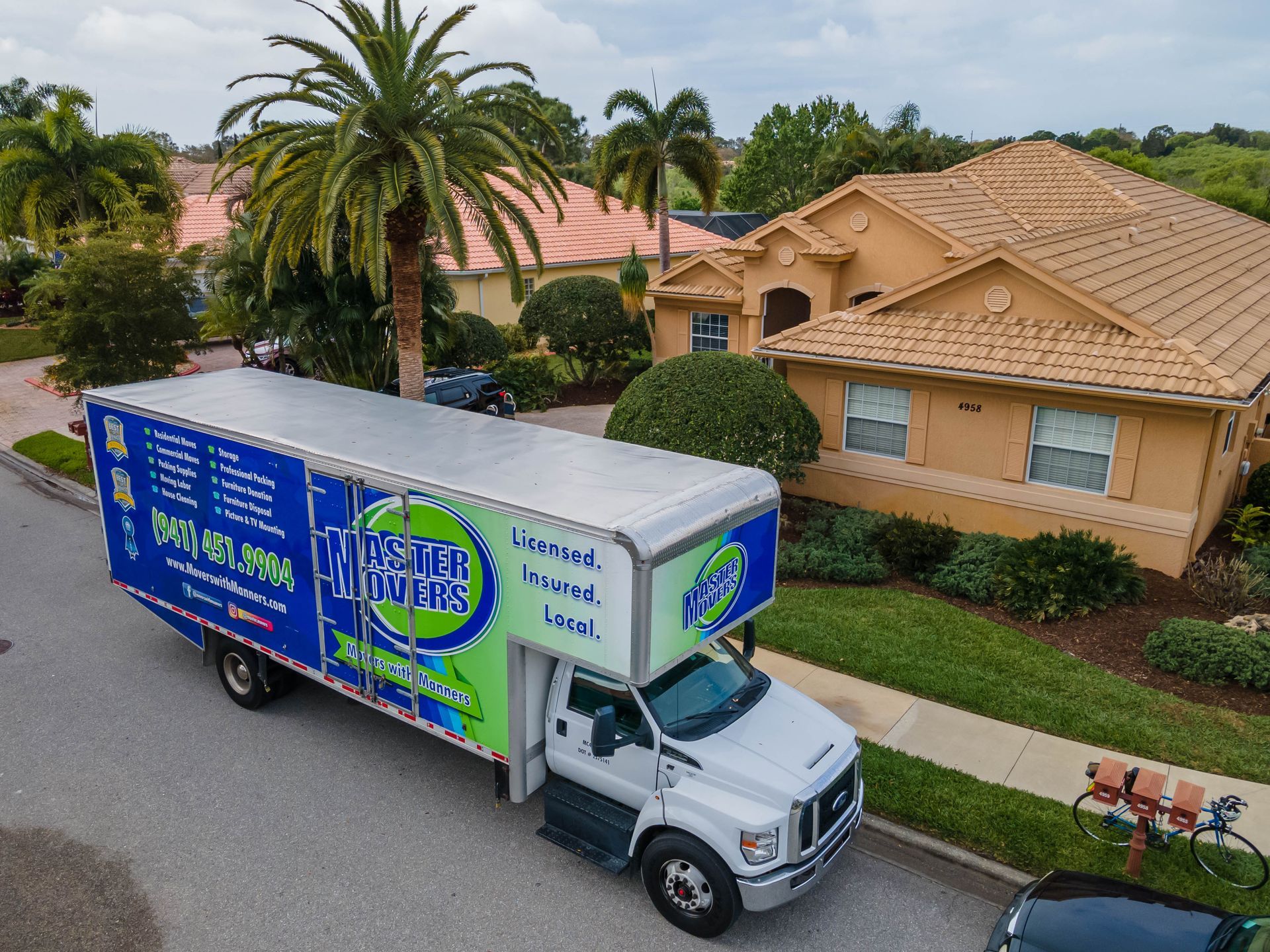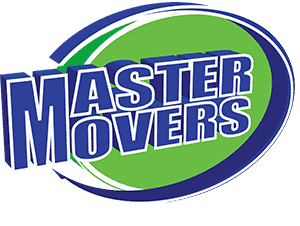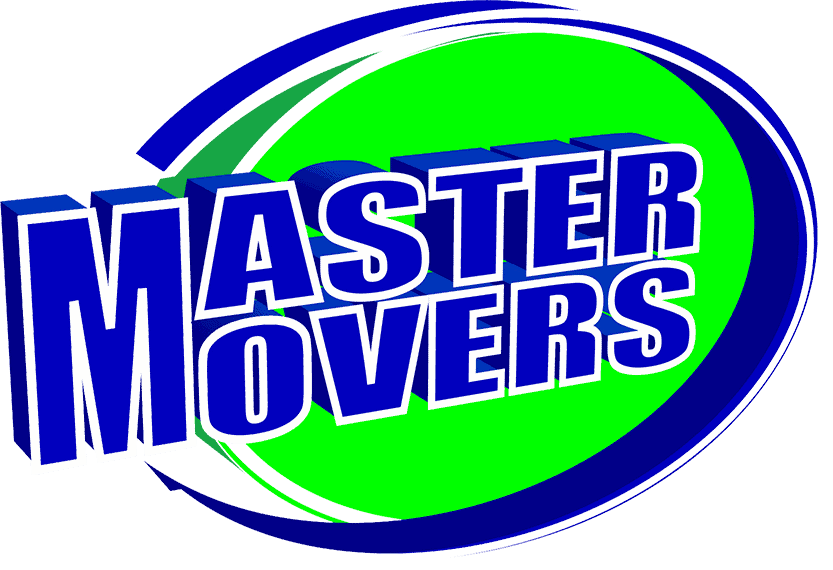MOVERS WITH MANNERS
Need Help? (941) 231-6524
MOVERS WITH MANNERS
Need Help? (941) 231-6524
Effective Strategies for Commercial Moving


Navigating through commercial moving can seem daunting, but with proper guidance and expertise, it becomes a streamlined and manageable process. Whether you're a small business or a large enterprise in Venice, FL, understanding and implementing an effective moving strategy is crucial for minimizing downtime and ensuring a smooth transition. This guide, crafted specifically by your trusted experts at Master Movers, will walk you through each essential step of the commercial moving process.
Introduction to Successful Commercial Moving
An office or commercial moving involves a lot more than just physical relocation; it encompasses detailed planning, budget consideration, employee coordination, and timing accuracy. Unlike residential moves, commercial relocations require meticulous attention to detail to disrupt ongoing business operations minimally. Through detailed planning and partnership with a seasoned mover like Master Movers, businesses can expect a seamless transition to their new location.
Differences Between Commercial and Residential Moves
Residential moves, commercial moves often involve:
- Large-scale logistics
- Sensitive equipment and data
- Minimal operational downtime
Choosing the Right Moving Partner
Selecting the right commercial moving partner is critical. Master Movers has years of expertise in managing efficient, coordinated moves in Venice, FL, ensuring your business is back on its feet without unnecessary delay.
Planning Your Commercial Move
Proper planning is the cornerstone of any successful commercial move. This phase determines how smoothly the process runs and influences your business's operational downtime. Here’s how to approach the planning stage effectively.
Early Preparation
Establishing a Timeline
The first step in preparing for a commercial move is setting a realistic strategy for an efficient packing. For most businesses, planning should ideally begin six to twelve months before the intended move date. This allows adequate time to address all logistical issues without haste.
Creating a Moving Committee
Creating a moving committee plays a critical role in streamlining the move. This team should consist of members from different departments who can provide insights into specific needs and help communicate effectively across the company.
Checklist Development
Develop a moving checklist that breaks down all tasks into manageable segments. This checklist should include:
- Detailed inventory assessment
- Employee responsibilities
- Notifications to clients and suppliers
- IT and telecommunication transfer plans
Budgeting
Estimating Costs
Understanding and estimating all associated costs upfront helps manage your budget effectively. These costs might include:
- Moving company fees
- Insurance and risk management
- Potential downtime or business interruption
- Utility set up and cancellations fees
Managing Unexpected Expenses
It’s prudent to allocate an additional 10-15% of your total budget to cover unforeseen expenses that might arise during the move.
Choosing a Moving Company
Selection Criteria
When choosing a commercial moving company, consider factors like:
- Experience and specialization in commercial moves
- Reviews and references
- License and insurance details
Consulting with Master Movers
At Master Movers, a moving company located in Sarasota, FL, we specialize in commercial relocations and offer detailed consultations to ensure your move aligns with our expert services. Engaging with us early can help tailor the move to your specific business needs and timelines.
Finalizing the Moving
After evaluating several options, finalize a mover that best fits your budget, timeline, and specific moving needs. Ensure you understand their pricing structure, cancellation policies, and what services are included to avoid last-minute surprises.
Organizing and Managing the Move
Organization and efficient management are critical when it comes to the execution of any commercial move. From keeping track of your inventory to ensuring that your employees are prepared, each aspect requires careful attention.
Inventory Management
Cataloging Office Assets
Begin by creating a detailed inventory of all office assets. This list should include furniture, computers, machinery, and confidential documents. Using barcode scanners or RFID tags can help streamline the process and maintain accuracy.
IT and Documentation Tracking
Special care should be taken with IT equipment and sensitive documents. Ensure these items are properly labeled and handled, with backup copies of important documents created and stored securely.
Employee Preparation
Communication Plan
Establish a clear communication plan to keep employees informed about the move’s progress and their expected roles. Regular updates can help manage expectations and reduce anxiety among staff.
Defining Roles
Assign specific roles and responsibilities to employees involved in the move. This could range from supervising packing to managing logistics on the move day.
Legal and Compliance Considerations
Insurance and Liability
Verify that your chosen moving company offers comprehensive insurance to cover potential damages during the move. Understand the terms and conditions thoroughly before agreeing to them.
Contract Review
Ensure all contracts with the moving company and new lease agreements for the relocation site are reviewed by a legal expert. This helps avoid future legal complications or misunderstandings.
Execution of the Actual Move
The execution phase of your commercial move is where prior planning is put to the test. This stage covers everything from logistics to setting up your new office.
Logistics and Operations
Scheduling the Move
Plan the move during off-peak business hours or over a weekend to minimize disruption. Ensure that all parties involved are aligned with the move schedule.
Safety Measures
Implement strict safety protocols to prevent accidents and injuries during the move. Make sure pathways are clear and all heavy items are secured during transportation.
Setting Up the New Location
Floor Plan Design
Before moving, design a floor plan for the new location. This should include the layout of furniture, equipment, and storage spaces. It helps in efficient unpacking and setup.
Essential Services
Ensure that essential services such as electricity, water, and internet are activated prior to your move day. This is crucial for resuming operations quickly at the new location.
Technology and Infrastructure Setup
Relocation Strategies
Coordinate with IT specialists for the safe transport and reinstallation of servers, computers, and network equipment. Pre-planning IT infrastructure setup is crucial to avoid extended downtime.
Testing Systems
Once moved, prioritize the testing of all technological and communication systems. Confirm that everything is operational before officially resuming business activities.
Tips for Smooth Execution
- Double-check everything: Before the move day, reconfirm the action plan with all teams and the moving company.
- Keep essential documents handy: Keep important files, such as contracts and provider contact details, readily accessible during the move.
Post-Move Adjustments and Review
After the actual move, it's important to focus on post-move adjustments and conducting a thorough review of the process.
Unpacking and Organization
Structured Unpacking
Follow a systematic approach based on the inventory list and floor plan. Focus on essential areas first, such as operational zones and client-facing spaces.
Employee Transitioning
Orientation Sessions
Hold orientation sessions to help employees acclimate to the new space. Provide tours and guidance on emergency procedures and facility amenities.
Evaluating the Move
Gathering Feedback
Collect feedback from key stakeholders and employees about their experience of the move. This can provide valuable insights for future relocations.
Reviewing Overall Success
Assess the overall success of the move by checking if it met the predetermined timelines, budget, and minimal disruption benchmarks.
Ensuring Future Success
As you settle into your new commercial space, reflecting on the move and establishing practices for future success are essential steps to take. This concluding section provides final thoughts and advice on maximizing your partnership with a dedicated moving provider like Master Movers.
Leveraging Learned Lessons
From the initial planning to the final box unpacked, every phase of your commercial move offers valuable lessons. These insights should be documented and reviewed to streamline any future relocations. Common areas for improvement can include better inventory tracking, more effective communication strategies, or enhanced logistics planning.
Maintaining a Relationship with Your Mover
Developing a continual relationship with your moving company can provide numerous benefits. As Master Movers understands the specifics of your business operations and relocation needs, subsequent moves become more efficient and tailored to your requirements.
Planning for Future Needs
As your business grows, so may your space and operational needs. Keeping a proactive mindset about space planning and potential future moves can prevent rushed decisions and ensure that you are always in an optimal location for your business operations.
Closing Tips for a Successful Commercial Move
Moving a business involves complex logistics, but with the right preparation and partners, it can be executed seamlessly, resulting in minimal disruption to operations. At
Master Movers, we specialize in providing comprehensive moving services that cater to the unique needs of commercial entities. By choosing us as your moving partner, you gain access to professional expertise and a commitment to delivering exceptional service during one of the most critical times for your business.
Our Latest Blog

Services
© Copyright 2025 | All Rights Reserved | Movers With Manners




